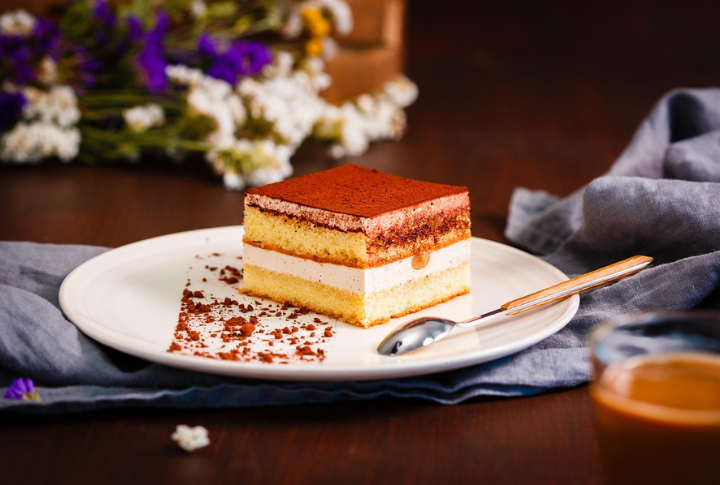
Tasting desserts where they were first created is like uncovering a delicious piece of history. Behind every bite lies a nation’s soul, filled with stories of family kitchens and long-standing traditions. With crispy edges and creamy centers, each of these 20 treats offers a taste of something special.
Pastel De Nata, Portugal
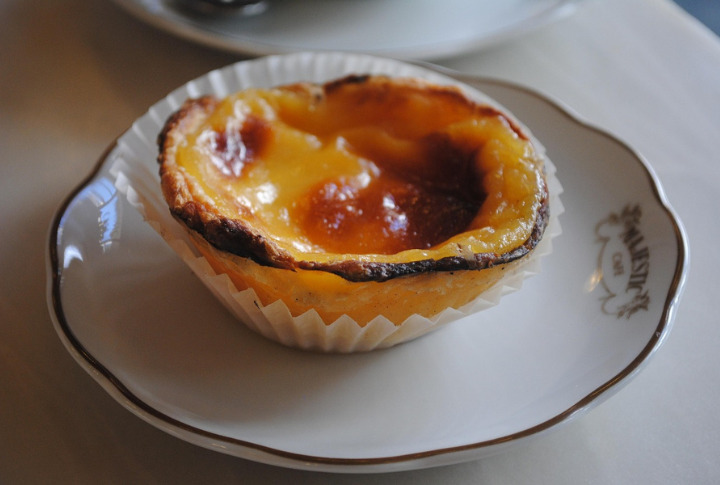
Lisbon’s Jeronimos Monastery first baked these custard tarts to use leftover egg yolks, and locals have been obsessed ever since. The burnished top and creamy center come wrapped in a crisp pastry shell. Portuguese cafes often sprinkle cinnamon or powdered sugar just before serving.
Gulab Jamun, India
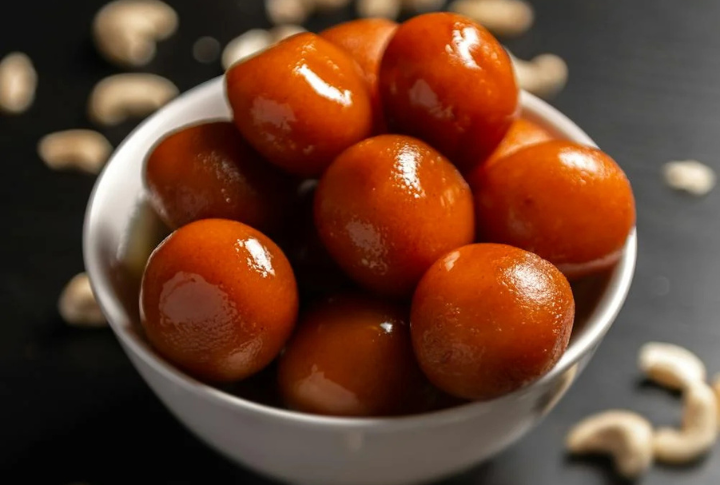
Introduced by the Mughals, Gulab Jamun carries influences from Persian desserts such as Luqmat Al-Qadi. Made from slow-cooked milk solids and soaked in rose-scented syrup, it’s a rich staple at celebrations across India, especially during weddings and festivals.
Pavlova, Australia

Crafted in the 1920s to pay tribute to Russian ballerina Anna Pavlova, this dessert reflects her graceful charm. A delicate meringue shell with a soft center features vibrant passionfruit or kiwi. Australians claim it as their own, while New Zealanders insist otherwise. Either way, it’s divine.
Tiramisu, Italy

Tiramisu, meaning “pick me up,” is a layering of espresso-soaked ladyfingers, creamy mascarpone, and a dusting of cocoa. It originated in 1960s Treviso. And unlike many Italian desserts, it skips the oven for the fridge. The blend of caffeine and cream makes it effortlessly refreshing.
Mochi, Japan
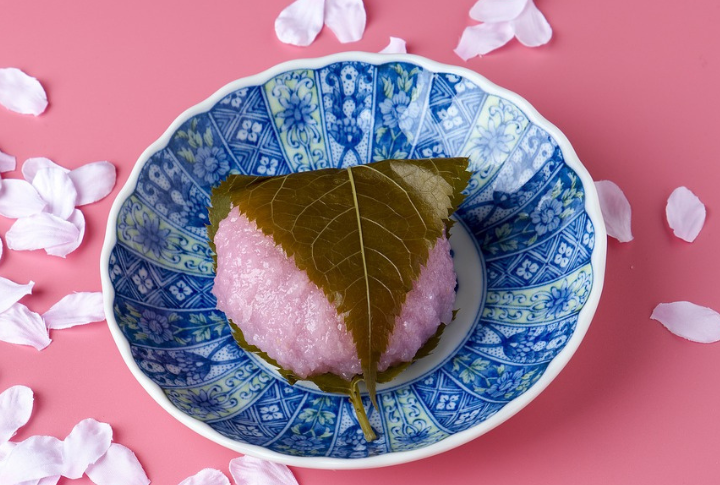
Mochi has been more than a dessert for centuries—it’s a tradition tied to Japanese New Year ceremonies and spiritual beliefs. Crafted through rice pounding, known as “mochitsuki,” this chewy delight is shaped by hand. Like sakura mochi, seasonal varieties celebrate Japan’s deep love of nature.
Banoffee Pie, United Kingdom
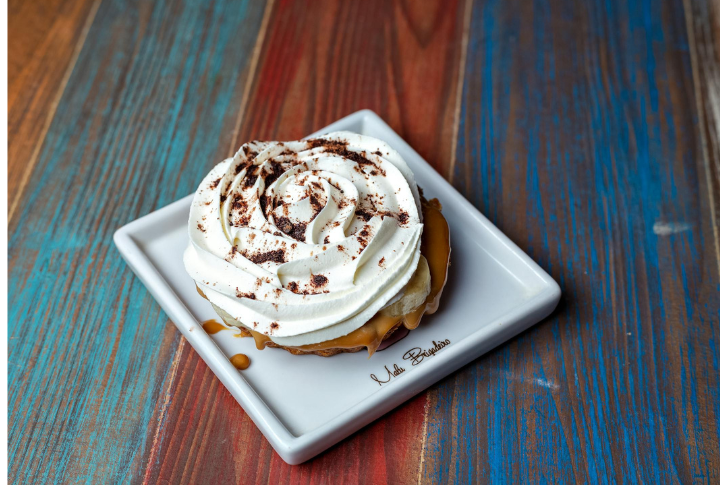
Born at The Hungry Monk restaurant in Sussex during the 1970s, Banoffee Pie is a luscious blend of bananas, toffee, and cream on a buttery biscuit crust. What started as a playful twist on an American coffee pie quickly became a cherished British classic, winning hearts with every bite.
Alfajores, Argentina
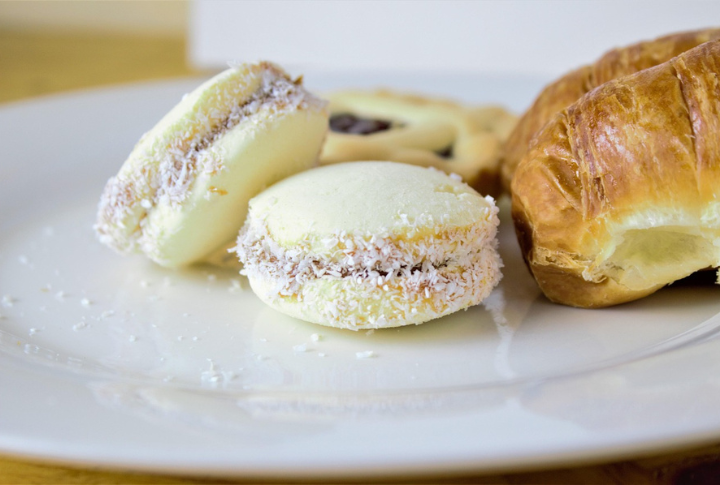
These sandwich-style treats date back to Spanish colonial times but evolved uniquely in South America. In Argentina, cornstarch dough gives them a tender bite. You’ll find dozens of regional variations, including chocolate-covered versions popular in Buenos Aires kiosks.
Baklava, Turkey
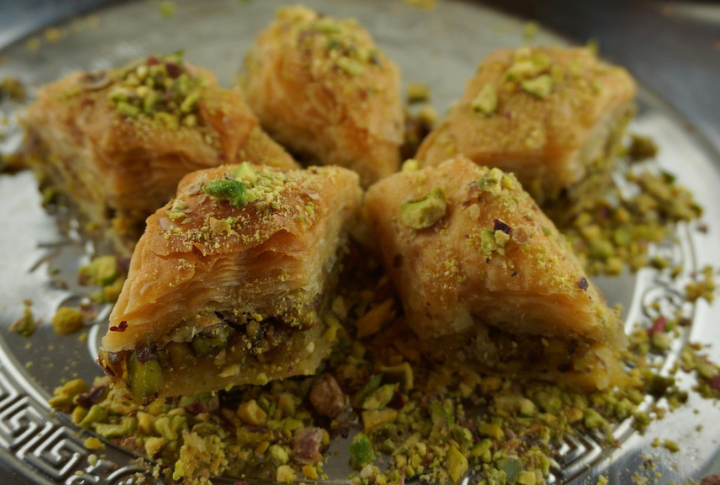
Baklava, with roots in the Ottoman imperial kitchens of Topkapi Palace, is all about celebration and hospitality. Delicate layers of phyllo dough, brushed with clarified butter, are baked to golden perfection and soaked in sugar syrup. Pistachios remain the nut of choice in Gaziantep, Turkey’s baklava capital.
Churros, Spain
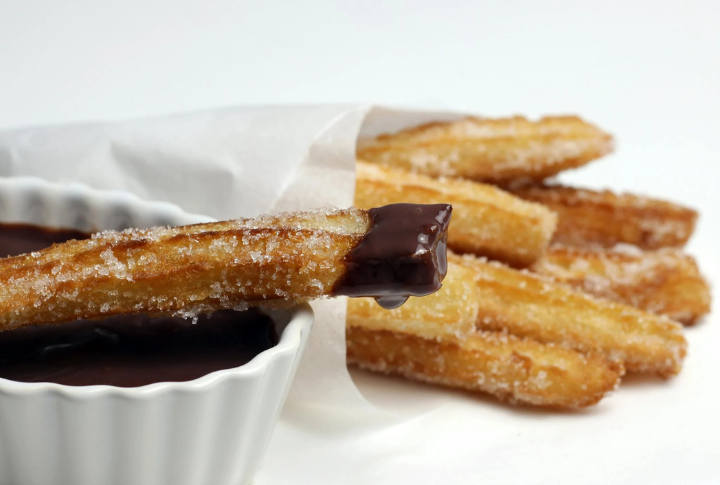
The origins of churros remain a mystery, with some tracing them to Moorish or Chinese influences. Yet, they’ve become an undeniable part of Spanish street culture. Locals often enjoy these golden sticks dipped in thick chocolate, savoring a tradition that’s both comforting and timeless.
Black Forest Cake, Germany
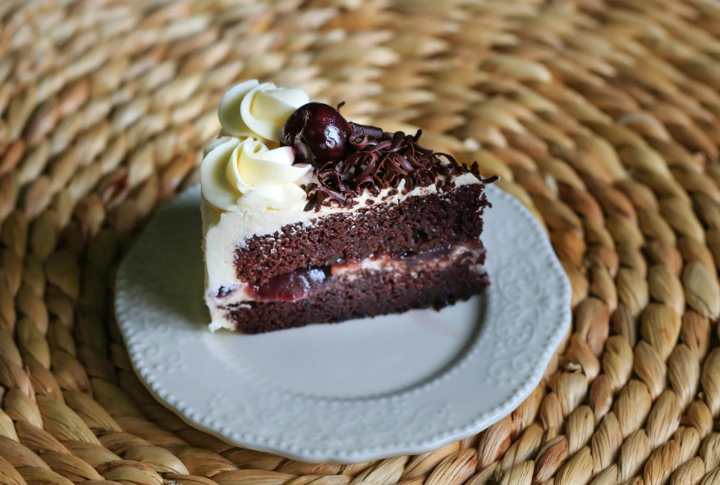
Schwarzwalder Kirschtorte, named after the cherry liqueur from Germany’s Black Forest region, layers dark sponge cake with whipped cream and sour cherries. The bold flavors and signature kirsch create an iconic classic dessert that only cakes made with authentic kirsch can earn the name.
Malva Pudding, South Africa
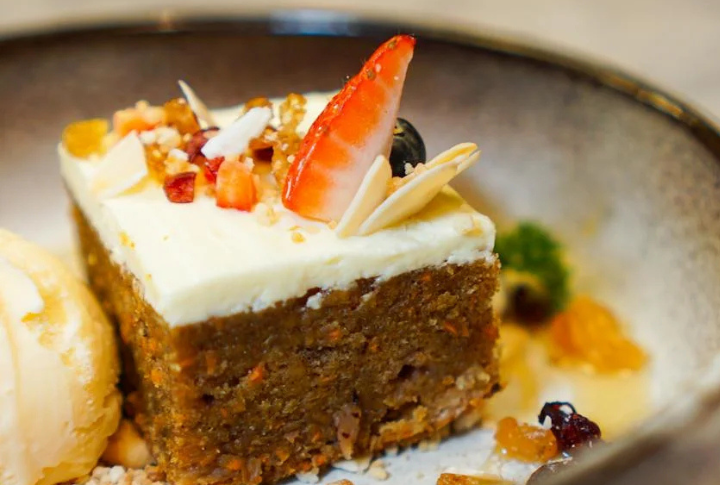
When Oprah’s chef served it at a celebrity Christmas dinner, Malva Pudding earned global fame. Yet its roots trace back to Cape Dutch kitchens, where apricot jam adds a signature tang to the creamy baked dessert. Usually paired with custard or cream, it’s a comforting staple at South African gatherings.
Halo-Halo, Philippines

Halo-halo, meaning “mix-mix” in Tagalog, is the Philippines’ vibrant summer staple. Shaved ice serves as the base for a colorful medley of sweet beans, jackfruit, flan, and purple ube ice cream. With every spoonful offering a new surprise, no two bites are ever the same.
Knafeh, Lebanon
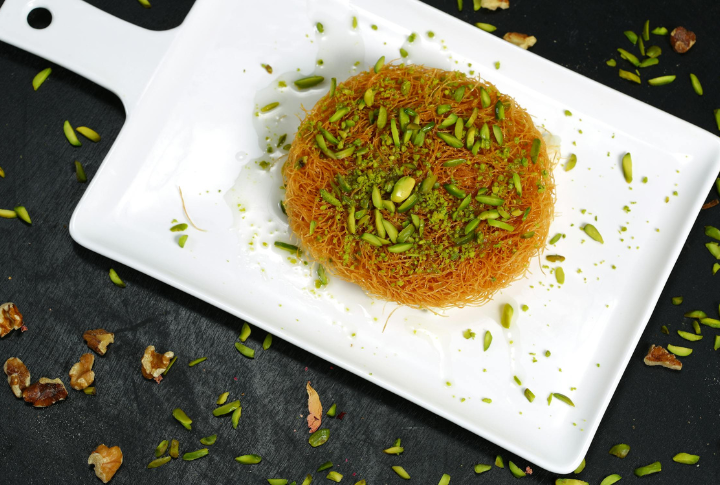
Knafeh’s rich texture comes from semolina or shredded phyllo layered over stretchy Nabulsi cheese. After a soak in orange blossom syrup and a sprinkle of crushed pistachios, it becomes a Ramadan breakfast staple. In Beirut, bakeries often bake it on massive metal trays.
Sacher Torte, Austria

Invented in 1832 for Prince Metternich, the original Sacher-Torte remains a guarded recipe, served exclusively at Vienna’s Hotel Sacher. Its dry chocolate sponge contrasts with a thin layer of apricot jam and a dark glaze. Austrians traditionally pair it with unsweetened whipped cream.
Tres Leches Cake, Mexico

Soaked in evaporated milk and cream, this cake’s origin is still up for debate across Latin America. It rose in popularity after condensed milk brands featured the recipe on cans. In Mexico, it’s now a go-to dessert for birthdays and holidays.
Kladdkaka, Sweden

Every November 7th, Sweden celebrates Kladdkaka Day in honor of this gooey chocolate cake. Without baking powder, it bakes into a dense center with a perfectly cracked top. While its origins remain unclear, its simple recipe and rich texture have cemented it as a Nordic favorite for decades.
Bingsu, South Korea
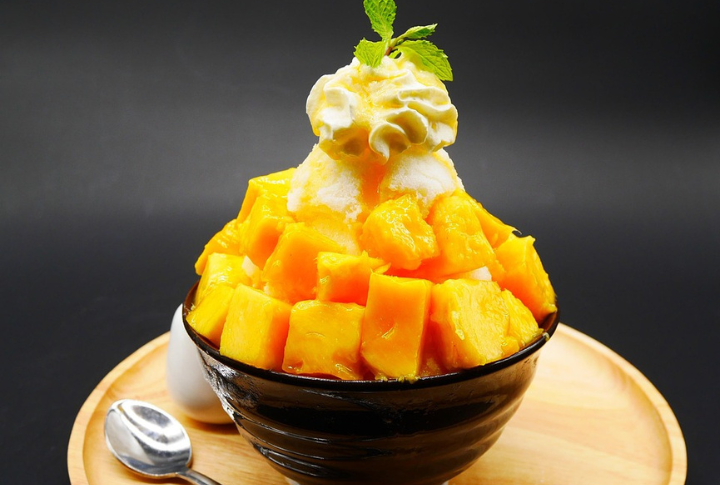
Once a royal delicacy in Korea, shaved ice has evolved into Bingsu—a vibrant dessert layered with toppings like mango cubes and crunchy cereal. The classic red bean version, Patbingsu, harks back to the Joseon era, while modern Seoul cafes turn it into stunning edible art.
Basbousa, Egypt
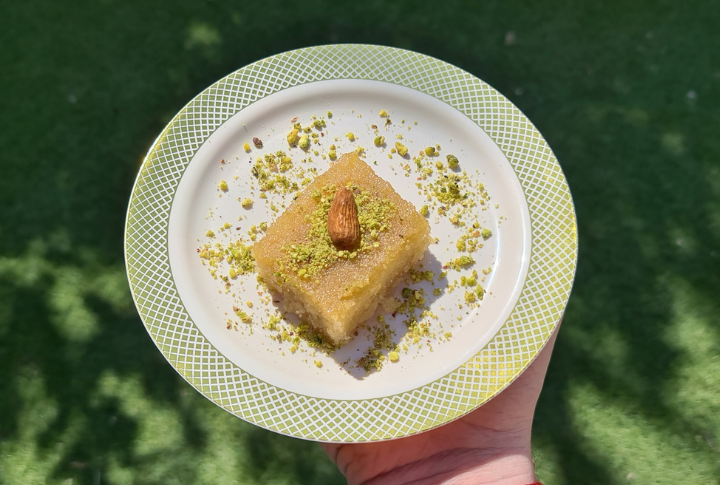
Basbousa’s semolina base and fragrant syrup capture Egypt’s fondness for comforting treats. Often adorned with almonds or coconut and sliced into diamond shapes, it’s a bakery staple near mosques. During Eid, it takes center stage, shared with tea in homes and festive tents.
Cendol, Indonesia
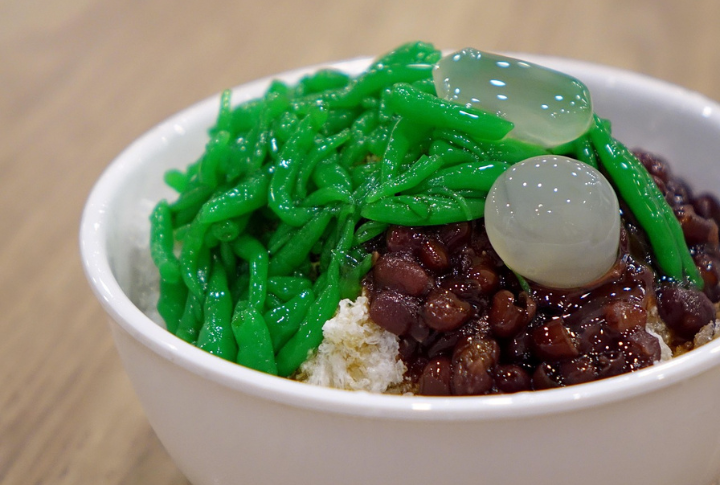
Cendol’s green pandan noodles are a familiar sight across Southeast Asia. In Indonesia, it’s handed out from street stalls in plastic cups, with creamy coconut milk and rich palm sugar syrup. The slippery noodles and sweet, smoky notes offer a refreshing and playful respite from the heat.
Dulce De Leche, Uruguay

Uruguayans hold Dulce de Leche close to their hearts, often rivaling Argentina in its origin story. Made by gently simmering milk and sugar until it turns rich and golden, this creamy delight finds its way into breakfast spreads, desserts, and alfajores. It’s a true staple of everyday indulgence.
Leave a comment